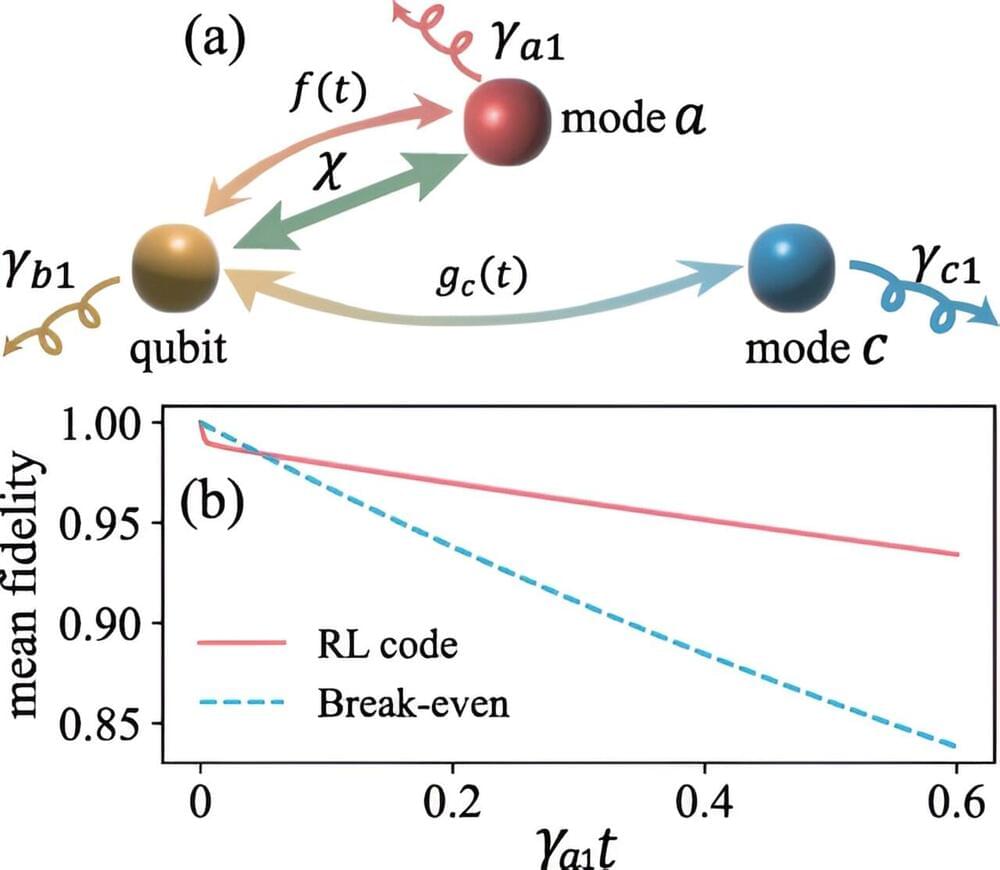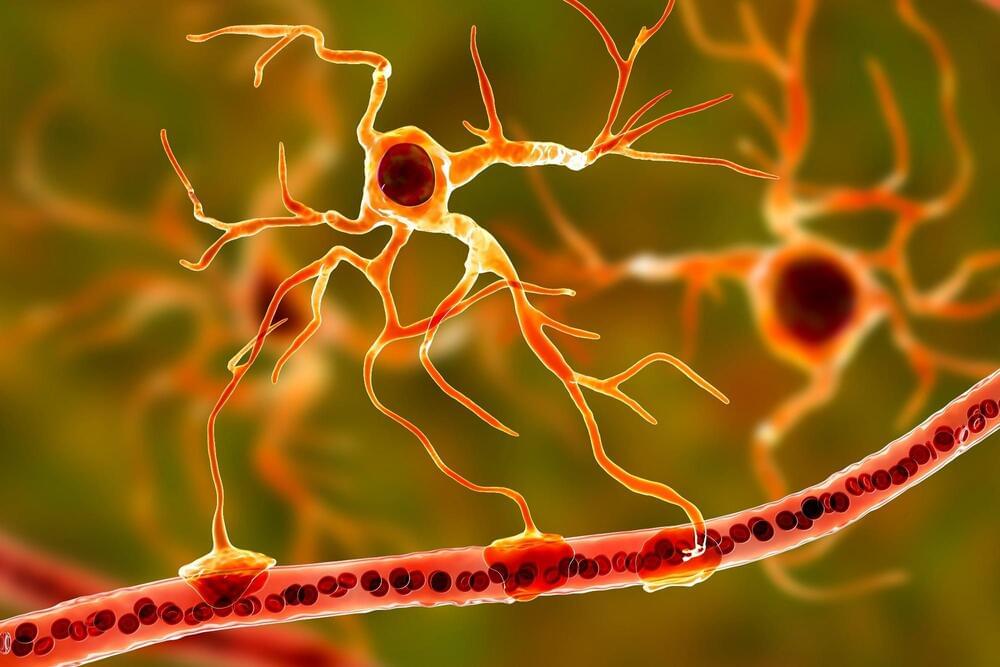The German firm, which specializes in making automotive components, has achieved this by integrating its inductive transmitter into the rotor itself. The design promises to offer performance on par with permanent-magnet synchronous machines (PSMs).




MIT researchers have demonstrated the first system for ultra-low-power underwater networking and communication, which can transmit signals across kilometer-scale distances.
This technique, which the researchers began developing several years ago, uses about one-millionth the power that existing underwater communication methods use. By expanding their battery-free system’s communication range, the researchers have made the technology more feasible for applications such as aquaculture, coastal hurricane prediction, and climate change modeling.
“What started as a very exciting intellectual idea a few years ago—underwater communication with a million times lower power—is now practical and realistic. There are still a few interesting technical challenges to address, but there is a clear path from where we are now to deployment,” says Fadel Adib, associate professor in the Department of Electrical Engineering and Computer Science and director of the Signal Kinetics group in the MIT Media Lab.

Researchers from the RIKEN Center for Quantum Computing have used machine learning to perform error correction for quantum computers—a crucial step for making these devices practical—using an autonomous correction system that despite being approximate, can efficiently determine how best to make the necessary corrections.
The research is published in the journal Physical Review Letters.
In contrast to classical computers, which operate on bits that can only take the basic values 0 and 1, quantum computers operate on “qubits”, which can assume any superposition of the computational basis states. In combination with quantum entanglement, another quantum characteristic that connects different qubits beyond classical means, this enables quantum computers to perform entirely new operations, giving rise to potential advantages in some computational tasks, such as large-scale searches, optimization problems, and cryptography.

Scientists from the University of Ottawa have invented a unique method to create better molecule-based magnets, known as single-molecule magnets (SMMs). This synthetic tour de force has resulted in a two-coordinate lanthanide complex which has magnet-like properties that are intrinsic to the molecule itself. This advancement paves the way for high-capacity hard drives, potential applications in quantum computing.
Performing computation using quantum-mechanical phenomena such as superposition and entanglement.

Almost a century ago, physicists Satyendra Nath Bose and Albert Einstein predicted a theoretical state of matter in which individual particles would, at extremely cold temperatures and low densities, condense into an indistinguishable whole. These so-called Bose-Einstein condensates (BECs) would offer a macroscopic view into the microscopic world of quantum mechanics. In 1995, theoretical BECs became an experimental reality, which garnered the physicists who created them a Nobel Prize. Labs around the world— and even in space —have been creating them ever since.
All of the BECs created so far to ask fundamental questions about quantum mechanics have been made from atoms. It has proven much harder to make molecules cold enough to approach a BEC state, which hover fractions of a degree above absolute zero, and to keep the molecules stable long enough to conduct experiments.
“For twenty years, there have been proposals about what you could do with stable ultracold molecules, but it has been tough on the experimental side because the lifetime of molecular samples has been short,” said Columbia physicist Sebastian Will, whose lab specializes in creating ultracold atoms and molecules.

Tesla is still fighting for its North American Charging Standard chargers to become dominant over the Combined Charging System chargers, which are used by most other electric vehicles in the United States. Now, the company is releasing a new product that could help its cause.
The product, called the Tesla Universal Wall Connector, is a new version of the EV company’s home charging Wall Connectors. But unlike the old Tesla Wall Connectors, which are only compatible with NACS (and therefore can only charge Teslas), the Tesla Universal Wall Connector will also be compatible with CCS plugs.
As Electrek pointed out, this is similar to what Tesla has done with its Magic Dock adapters installed at some Supercharger stations, which can charge both Teslas and non-Teslas alike.

This post is also available in:  עברית (Hebrew)
עברית (Hebrew)
A recent Chinese hack of senior officials at the U.S. State and Commerce departments was apparently a result of the compromise of a Microsoft engineer’s corporate account, and stealing a valuable key, as reported by Microsoft Corp (MSFT.O).
According to Reuters, Microsoft has stated that the engineer’s account had been compromised by the “Storm-0558” hacking group, which allegedly used the key to forge authentication tokens to access email accounts on Microsoft’s cloud servers including top American officials such as Commerce Secretary Gina Raimondo, US Ambassador to China Nicholas Burns and Assistant Secretary of State for East Asia Daniel Kritenbrink.

This simulation was then compared with real-time data from the European Space Agency’s Gaia satellite, which has revolutionized our understanding of the positions and velocities of stars in open clusters.
“Our simulations can only simultaneously match the mass and size of the Hyades if some black holes are present at the centre of the cluster today (or until recently),” said Dr. Torniamenti.
The most plausible simulations suggest the presence of two to three black holes currently residing in the Hyades star cluster. At the same time, scenarios in which the black holes were ejected less than 150 million years ago (constituting the last quarter of the cluster’s life) cannot be completely ruled out.

In a recent study published in Nature, researchers investigated whether glutamatergic gliotransmission was mediated by specialized astrocytes in the central nervous system.
The role of astrocytes in brain circuitry function, such as swift glutamate release, has been questioned due to inconsistent data and lack of direct evidence. This mechanism, similar to neurons, controls plasticity, excitability, and coordinated activity of synaptic-type networks but also contributes to neuropsychiatric conditions.